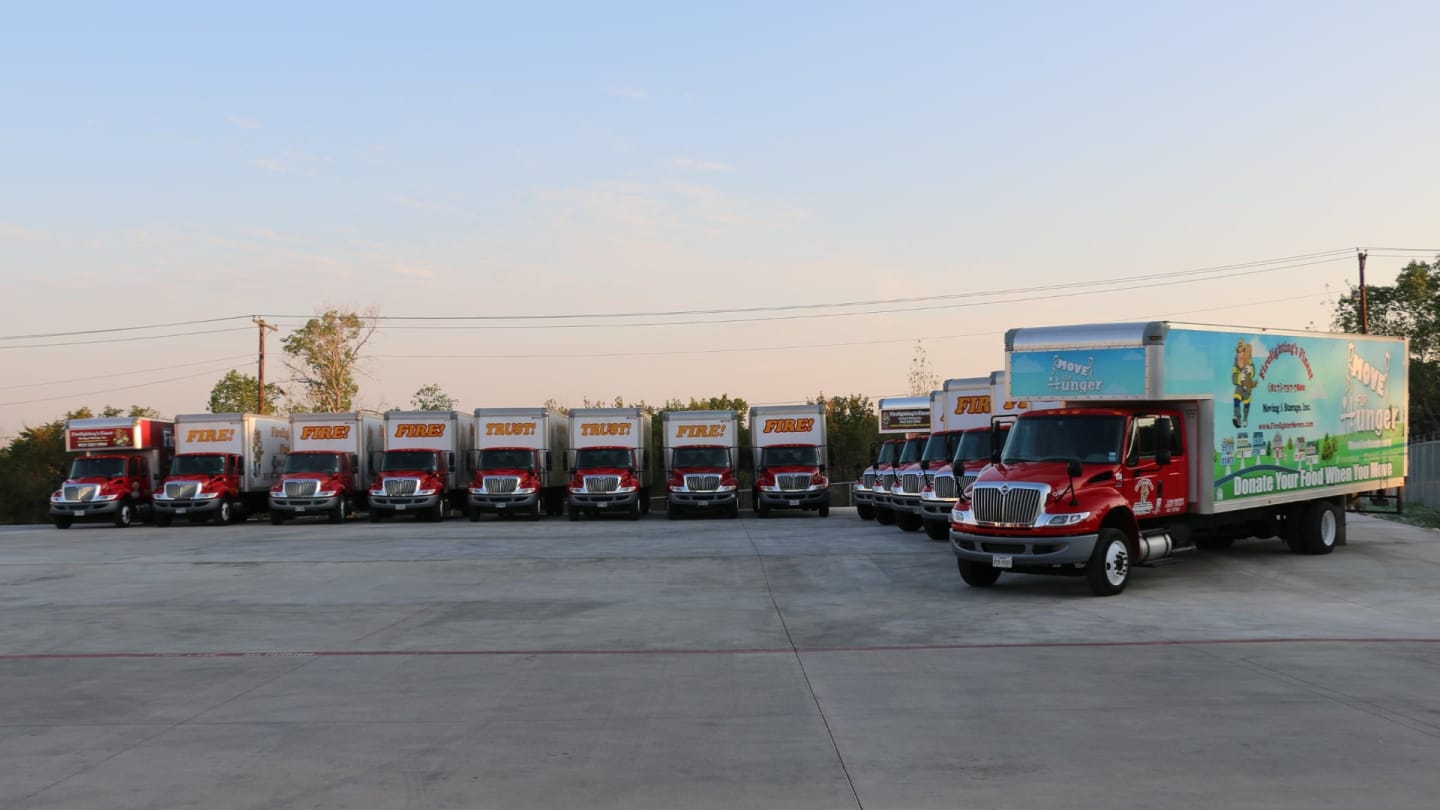For some, downsizing is liberating. For others, it’s a stressful, anxiety-filled process. If you’ve got a long-distance move coming up, downsizing is an effective way to lower your costs. Even a local residential move may require paring down if you’re relocating to a smaller home. Follow these tips to help you part with things you don’t need before moving.
Take Photos
Before you touch anything, go around the house with a camera. Photograph each room as a whole, as well as individual storage areas, including bookshelves, display cabinets, sideboards, and mantelpieces. This serves two purposes.
First, it can be fun to look back at your old place and reminisce after you move. What’s more, photos can serve as tools to help you decide what to take with you. A few days after snapping the pictures, look through them and see what draws your eye. This reveals what speaks to you subconsciously, helping you choose what to take with you.
Begin 90 Days Before the Move
Start three months out and aim to finish decluttering about a month before moving. Begin with furniture and other large items first. If you know the new place won’t accommodate your 12-person dining table, or you’ll have fewer bedrooms to fill, sell or donate that furniture now.
Follow the One-Year Rule
As you decide what to keep — and what to sell, donate, or throw away — consider the last time you used or enjoyed looking at each belonging. If it’s been collecting dust for a year or more, it’s time to say goodbye.
Plan ahead for your next move with this trick to clean out your closet. First, turn all your hangers around. As you wear your clothes, hang them back up with the hanger facing forward. If you get through an entire summer or winter without wearing a particular shirt or pair of pants, it’s unlikely you’ll wear it next year, either. Time to add it to the donate pile.
Dig Through Your Current Storage Unit
Don’t assume that everything you have in storage should come with you just because they’re already boxed up. Sort through every box, and you may find the occasional gem you want to take out of the storage. Sell, donate, or throw away everything else, and you’ll pocket the savings from no longer paying for a storage unit.
Digitize Everything You Can
Many physical belongings that take up space are just as useful in digital form. Scan old photos, childhood artwork, and important documents; burn CDs and DVDs; and digitize home videos from VHS and camcorder cassette tapes. Contents from a dozen boxes can fit onto a single hard drive, preserving your fondest memories without them collecting dust in the attic.
Limit Saving for the Next Generation
Many parents and grandparents like to save their possessions so they can pass them on. There are two problems with this mindset. First, the belongings may not be worth the space they take up or the cost to store them for years on end.
Second, the younger generation may not be interested in your antique furniture, grandfather clock, or china dishes. These possessions once carried a status symbol, but today’s youth often don’t place the same value on collectibles and solid wood furnishings.
Give Your Extra Possessions Away
If you don’t want, use, need, or enjoy looking at an object in your home, get rid of it. If it’s still in good shape, but you don’t want to mess with selling it, give it away instead. Ask your family members and friends if anyone is interested. You might choose to have everyone over one weekend to stake their claims. Let them ask questions, pack up any belongings they want to inherit, and simply enjoy spending time together.
Donate any unclaimed items to a charity or other local organization that could benefit from the things you longer need. It can be satisfying to know your old things will continue to provide joy and usefulness for someone else. Plus, donating is less wasteful than taking a load to the dump.
Put a Hold on All New Purchases
When downsizing before a move, don’t use the bare cupboards or empty hangers as an excuse to buy more dishware or clothes, no matter what sales you run across. Wait until the move is over and you’re settled into your new place before you acquire additional belongings.
Only Take Your Favorites
You may be surprised at the number of coffee mugs, knickknacks, and books you have collected over the years. Downsizing before moving is about trimming your collections so you have less of everything. Pick your favorites, and let go of the rest.
Don’t Keep Anything Out of Guilt
Everyone has things in their home that were gifted to them by loved ones. If you’re holding onto any “guilt gifts” because you think you have to, it’s time to ditch that notion. If an item is not useful or doesn’t bring you joy, get rid of it.
Purge Paperwork
Don’t bring boxes of old bank statements and tax returns with you when you move. Anything that’s at least seven years old is safe to shred. Also, any documents you can access online aren’t worth having in paper form. Change your preferences with your banks, credit card companies, and utility providers to receive “paperless” statements from now on. You’ll help the environment and avoid a pile of paper from stacking up again.
If you’re beginning the process of moving, don’t settle on just any moving company—choose Firefighting’s Finest Movers & Storage for a team you can trust. Whether you’re moving across town or across Texas, we can help you get there! Contact us at 844-715-6625 or request an estimate online to get started.







